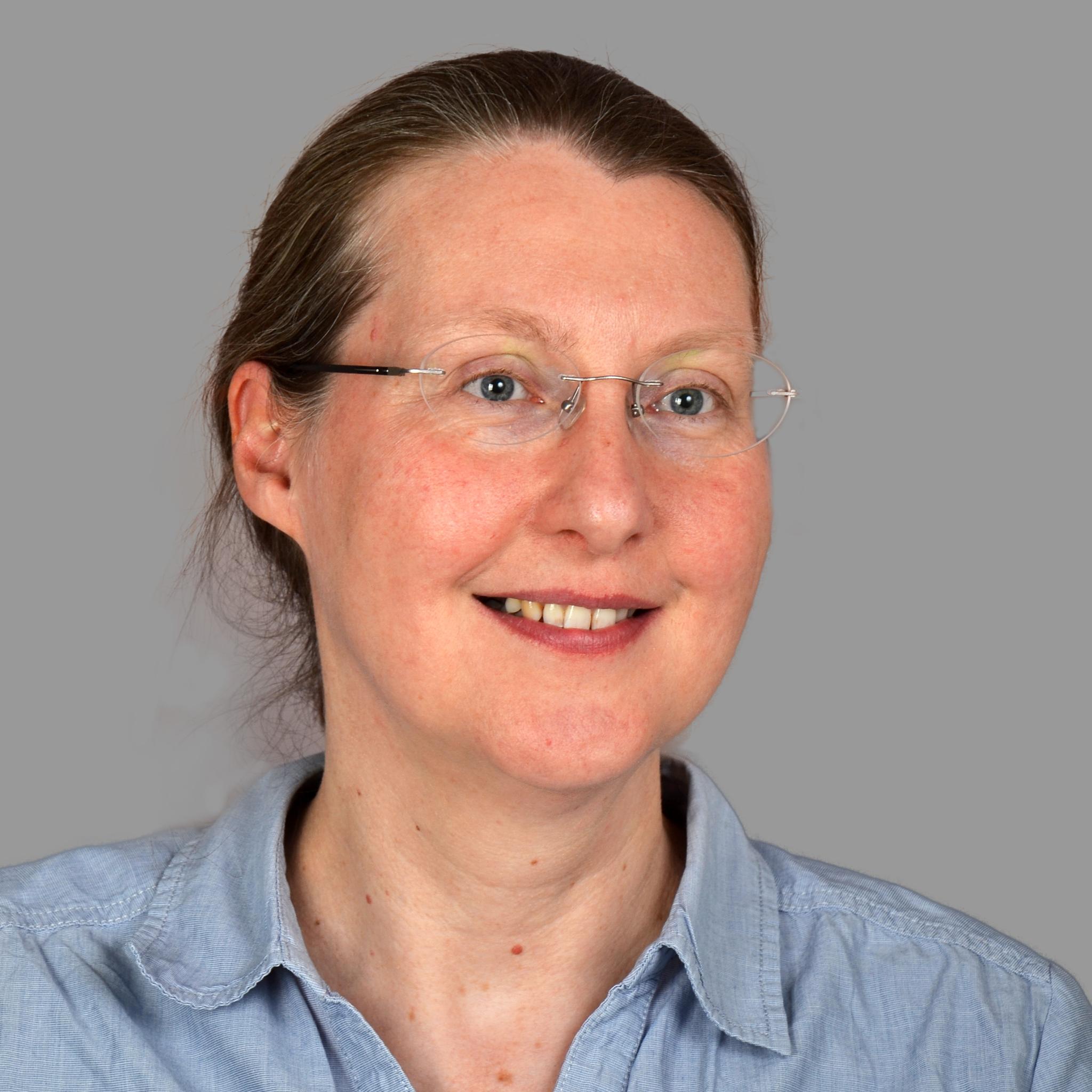Prof. dr. Daphne van der Wal
Research Leader

Using satellites and drones, I observe deltas, coasts, and estuaries from space and the air. The use of these remote sensing techniques can teach us a lot about water quality, biodiversity, nature conservation and coastal defence.
Contact details
+31113577452Opens in a new tabdaphne.van.der.wal@nioz.nl
Opens in a new tabLocation Yerseke
Department
Research interests and expertise
- Dynamics and management of (tidal) ecosystems
- Ecosystem structure and functioning of estuaries and deltas
- Biodiversity of estuaries and deltas
- Water quality
- Primary production of mudflats and waters
Additional functions
University of Twente, Faculty of Geo-Information Science and Earth Observation (ITC) - Full professor - 15/10/2017 - 01/08/2037